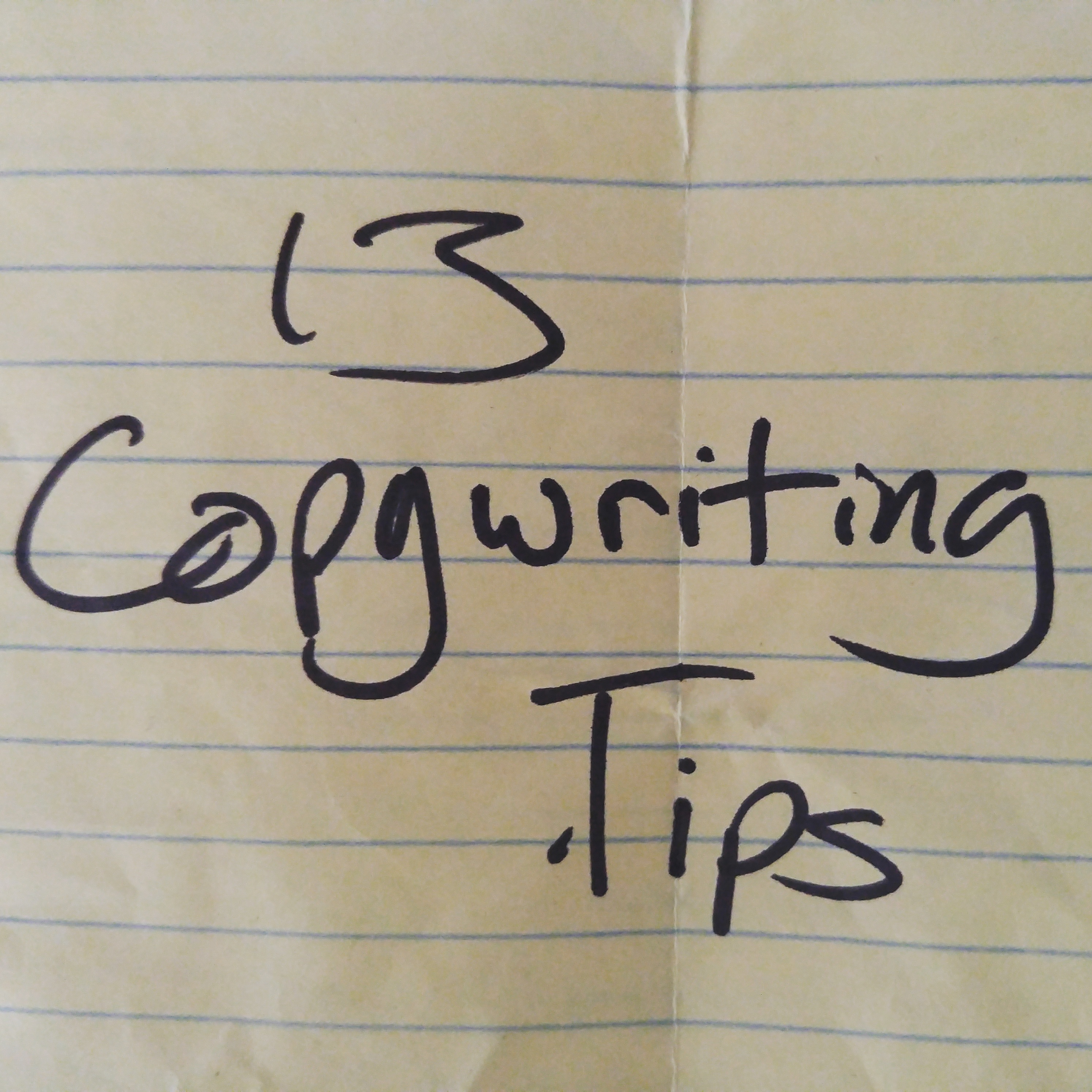Despite all the craziness, 2020 has been a phenomenal year for my clients.
Or maybe more accurately, 2020 has been a screaming success because of all the craziness.
Last week, I revealed 3 simple “secrets” behind that success in my first room on Clubhouse.
Specifically, how we’ve generated $17 million from email year-to-date.
You may not have been part of that Clubhouse conversation (it was a small audience)… and those conversations aren’t recorded…
So I’ll quickly tell you what I shared.
“Secret” #1: Be consistent and persistent
My clients email daily. And they make offers in every single email.
You can probably send more emails than you do. (That goes for me, too.)
One of the main points I made was that unsubscribes go up when you email LESS.
You let people forget who you are and why they were excited to hear from you.
Depending on your business and your capabilities, I recommend no fewer than 1 email per week. Most businesses can send 3 or more — and the only difference you’ll see is more money in the bank.
“Secret” #2: Curiosity
Don’t give away the punchline in every email.
Tease a juicy benefit… tantalizing opportunity… or potentially imminent danger…
And make the reader click a link to find out exactly what you’re talking about.
Create emotional tension that can only be resolved by clicking… and give your sales pitch on the other side of the click.
There’s a right way and a wrong way to do this.
You can get more insight into how curiosity works — and the right and wrong ways to use it in your email — in this video.
“Secret” 3: Easy on the education
I’ve discovered that a lot of entrepreneurs believe they have to educate prospects into buying from them.
Education can be helpful. But the truth is, information isn’t what sells.
You know that people buy on emotion. In a way, they’re buying the emotion itself.
(That’s one of the reasons people don’t do anything with the stuff they buy. Making the purchase provided the emotional payoff.)
Your copy’s job is to stimulate the emotions — hope, desire, guilt, fear, etc. — that make your prospects take action.
There’s no shortage of information.
But your prospects are dying for emotional MOTIVATION.
So be careful how you educate.
Each fact you present should be designed to inflame desire… not to make the reader smarter.
That sounds cynical, I know.
But when you’re going for maximum profits, it’s an approach likely to serve you well.
Having read this far, you’ve figured out why I put “secrets” in quotations.
They’re not unknown concepts. They’re just underutilized.
If your email marketing efforts are coming up short, these 3 ideas could be helpful.
Put them to work!


